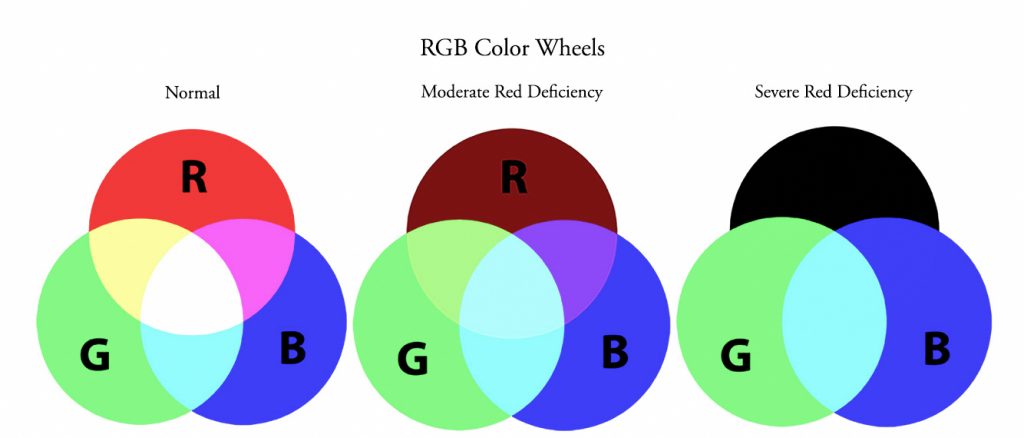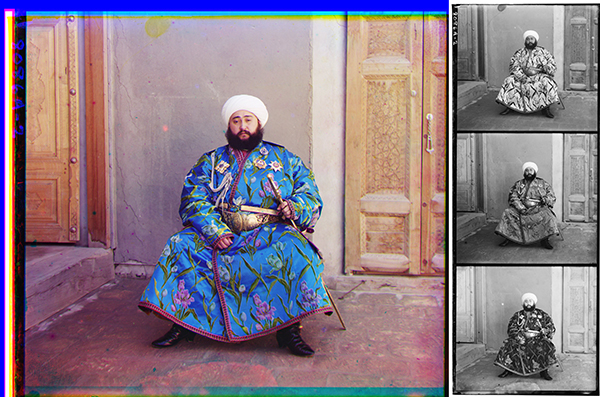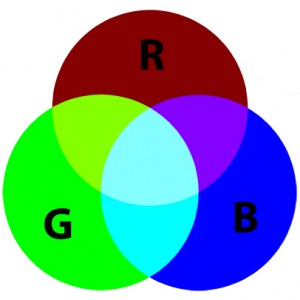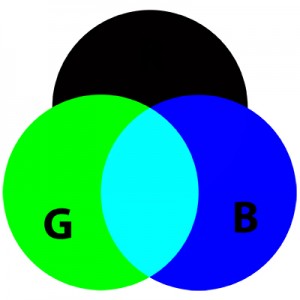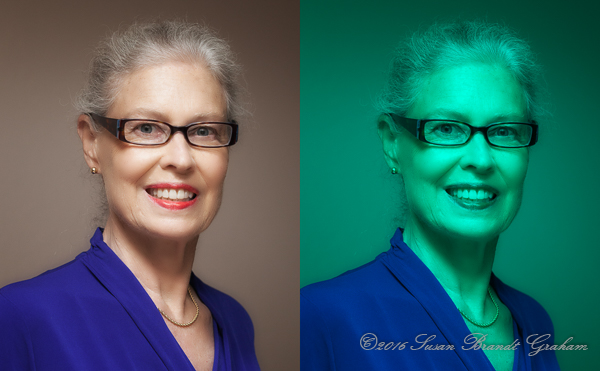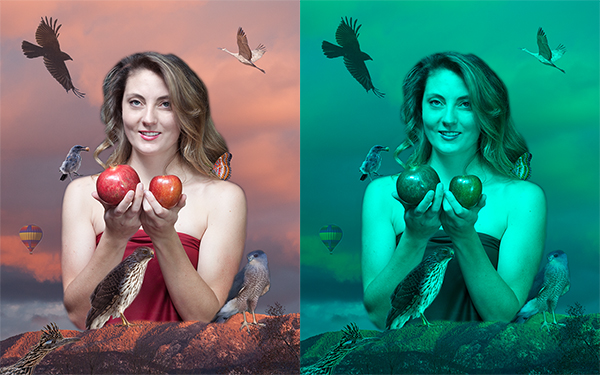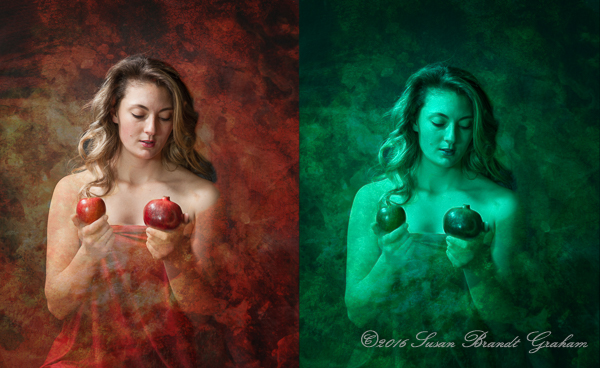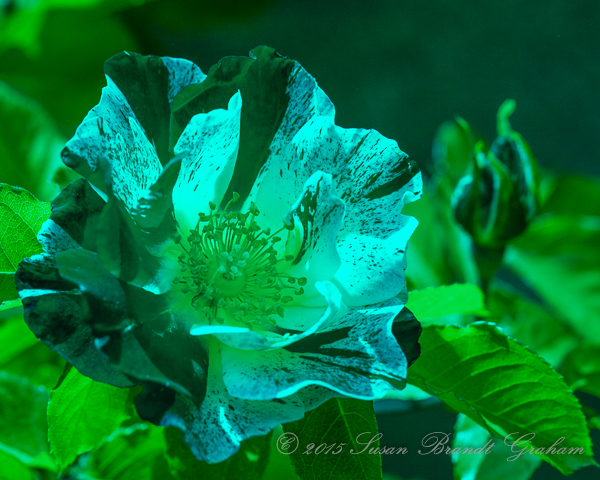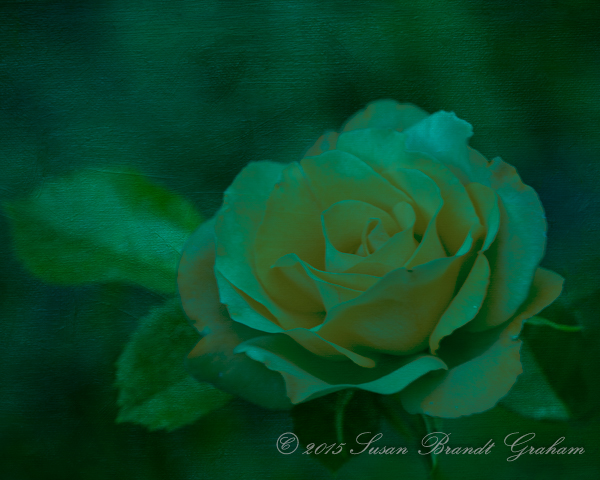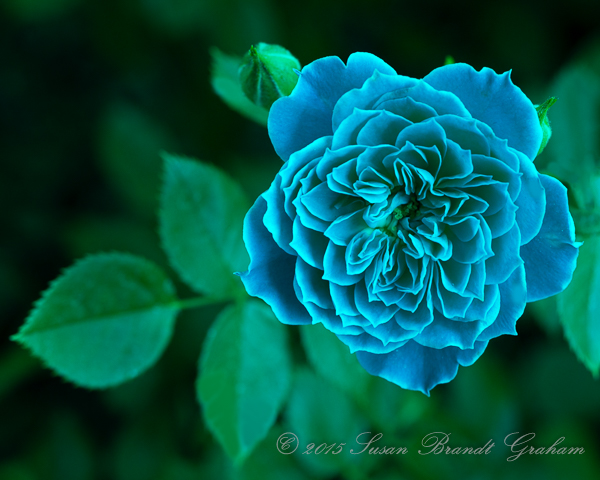I Saw the Light, A Vision Tale
I saw the light, a vision tale, is a personal story about cataracts. At one time I probably would not have written about that, but now I know a fair number of friends have some degree of cataracts. This should be a hopeful tale.
Light has always been important to me. Even as a little kid traveling through the Southwest on family vacations, I “felt” the light of the high desert. It was years later before I could express anything about that, though. I lived in southern Arizona from 1969-1976, when I was working on my PhD at the University of Arizona. I just knew I liked it there. After that I had a job teaching at the University of Missouri-Kansas City. At that point, I was aware of how important light was to me. I enjoyed many aspects of life in Kansas City, but not the extended periods of dark, gray skies and cold, windy winters. Springs were magnificent. I moved to Albuquerque in 1985. While I like to visit other places, I am always happy to get home and back to the light of the high desert. Although sunrises and sunsets have been called by some “the greatest cliché” in photography, I show them here because I really like them. I think the people who knock them have never seen a real New Mexico sky. 😉
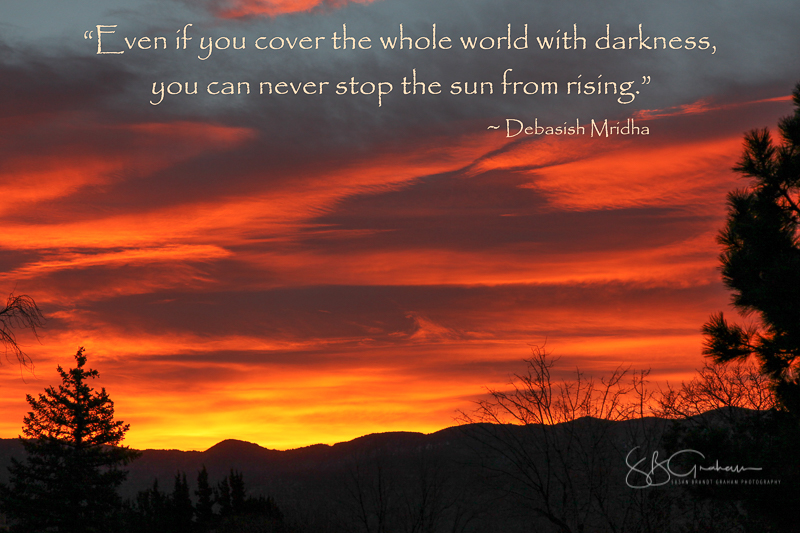
Background
Several years ago, my ophthalmologist told me I had cataracts. He also said, “You don’t need to do anything about them now. You’ll know when you need to do something.” Something akin to a “decisive moment,” I guess. I saw him in early November and told him I was not having any problems.
Many of you know Tim and Laurie. Some of you know that my journey into digital photography began in 2008, when my little Nikon Coolpix died while I was photographing roses in their garden. I replaced that with a compact digital, but a complex one. So, I had to go take some classes, and one thing led to another, and another, and another… That all started in their rose garden.
Late in November I was out in Corrales with Tim and Laurie, photographing some cranes that were right there close to their house. Laurie had a wonderful meal, and we sat and talked, and I stayed well past dark. That was a Saturday night. For those of you who know Albuquerque, Alameda was bumper to bumper traffic from Corrales to the Northeast Heights. And I was “blinded by the light”of the headlights of every oncoming car. At least I knew what was causing that. But, I was very happy to get home, and I have not yet driven again at night since.
I saw the cataract surgeon in December, and the earliest date was in March. So, I took it.
This was a long, dark winter, although not cold. My house seemed really dark. I kept thinking I needed more lamps, or maybe even some additional light fixtures. Anything to make the house brighter!!!
Cataracts and Color
I saw my regular doctor in February. He told me that I would love the brightness and “all the color” once I had my cataracts fixed. I thought to myself, “what?” with respect to color and cataracts. Many of you are familiar with the work I have done with my son, who, like my father, has severe red deficient color vision. I’ve seen my ophthalmologist for years because I am on a medication that has the potential to damage the retinas. Today there are highly sophisticated tests to assess the retinas and any changes, but when I first started going, color vision was part of the assessment. The cones that detect different wavelengths of light are part of the retina. The patient arranged a series of colored cylinders. The Munsell Hue Test is no longer part of the evaluation, but you can see an online version and try it yourself:
Munsell Color Test
Keep in mind there are many limitations in the virtual world, such as differences in monitors, lighting conditions, and so forth.
I had never had any problems with that test in the ophthalmologist’s office, but I decided to try the online test. I keep my monitor color-calibrated, and in good lighting conditions for working with color photographs. I was “shocked, shocked I tell you” with my results on February:
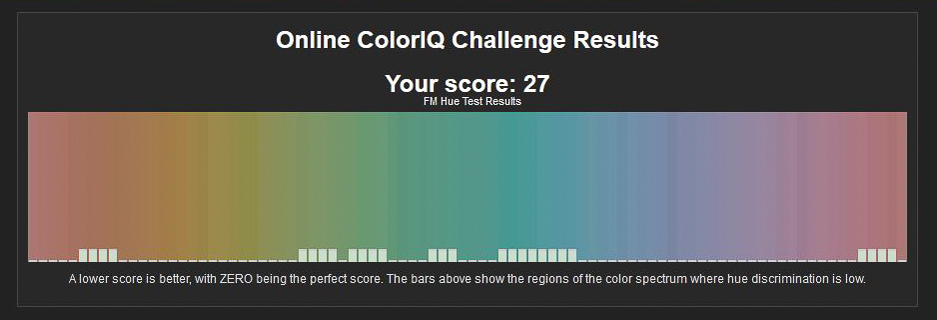
Color Vision and My Family
Color changes usually associated with aging, toxins, etc. tend to affect the blue-yellow axis. To me, my results appeared more red-green. So I immediately took the Enchroma Color Vision Test, knowing the limits of online testing. I was shocked that my results came back Mild Protanopia. My father had and my son has Severe Protanopia. My father, son, and I do have the same X-chromosome that so severely affects their color vision. As a female, I have another X-chromosome, a normal one, from my mother. That allowed me to see colors normally most of my life. I think, although I do not know for sure, that when the cataracts began to affect my color vision, that decreased the protective effect of the normal X-chromosome, and allowed some expression of the red color deficiency carried on the chromosome from my father. I do not know that as an absolute fact. It is my working explanation of some of the phenomena I see in my personal experience.
Until I did the Munsell Test online, I was not aware of any changes in my color vision. This is in spite of the fact I have spent so much time working on the color vision of others.
The Surgery
Even though cataract surgery is very “routine” these days, I did worry a bit. I mean, it is surgery on your eyes, the window to the world from someone looking out.
I had to be at the surgery center by 8:00am. I was home by 10:15, and served coffee and banana bread to my mom and to her friend who had driven us.
I had no pain. I had blurry vision in that eye, a short term effect of the surgery.
After the Surgery, the Light!
By that evening, some of the blurriness began to clear. More amazing was the light! The room kept getting brighter and brighter. It was almost like watching a sunrise, except with white light. I did not expect this at all. I had the surgery because I wanted to be able to drive at night. All the dark corners of that room became bright before I went to bed. It was like an unexpected miracle! When I covered my left eye and looked with only my right eye, things appeared as what had become my normal. When I covered my right eye and looked only with my left eye, things looked bright and “clean.” I realize now that through my right eye, which still has a cataract, I see things with a very slight cyan cast.
But, it is the overall brightness everywhere that is so beautiful and so amazing to me. I did not know I would see such a drastic change.
After the Surgery, Color
Five days after the surgery, I repeated the Munsell Color Test. These were the results:
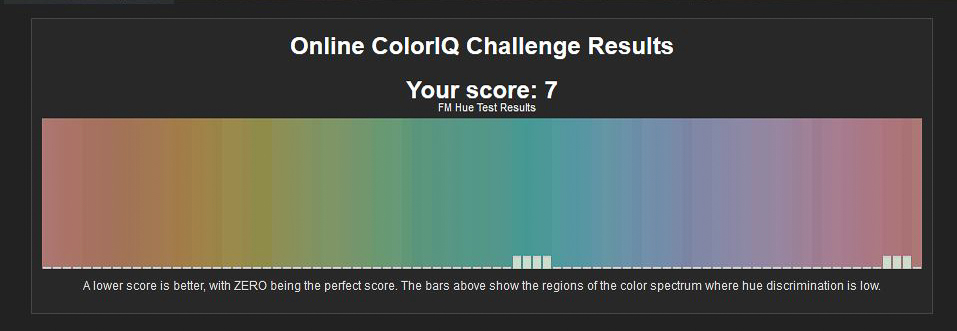
Quite a change from February’s results.
I repeated the test the following day:
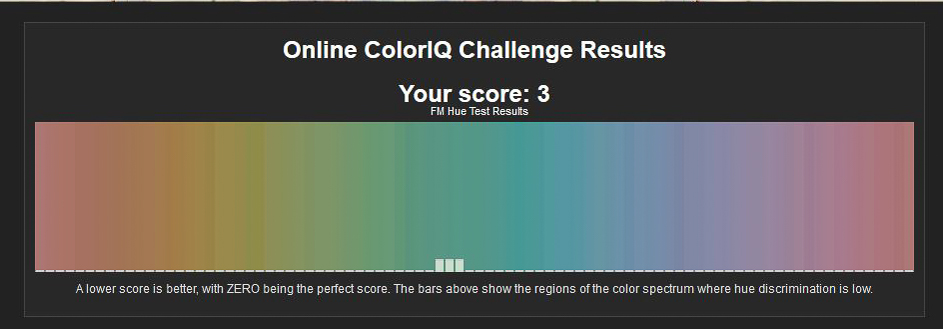
I will not repeat this test until I get my right eye done next month. But I will note, yesterday in the gym I realized some of the balls that I had always considered green were actually turquoise. I want to stress that I had not been aware of color changes, and I have done some work with color deficient vision in other people.
Seeing
Two days after the surgery I knew I was seeing distance as well without glasses as with my prescription glass. Less than a week after the surgery I was out driving with my prescription glasses, and realized they were interfering with good vision. “Get.These.Off!!!!” Those glasses are history! And that is after surgery on only one eye. I’m getting along quite well with reading glasses for close work, and no glasses for everything else.
I saw, and am continuing to see, the light. It was such an unexpected gift. I just wanted to be able to drive at night. 🙂
Country gospel is not usually part of the rotation of my playlists. But since that first night, sitting in my family room and watching it getting brighter and brighter almost by the minute, this old Hank Williams song keeps running through my head. We may assign different meanings to light, but we share the pure joy.


